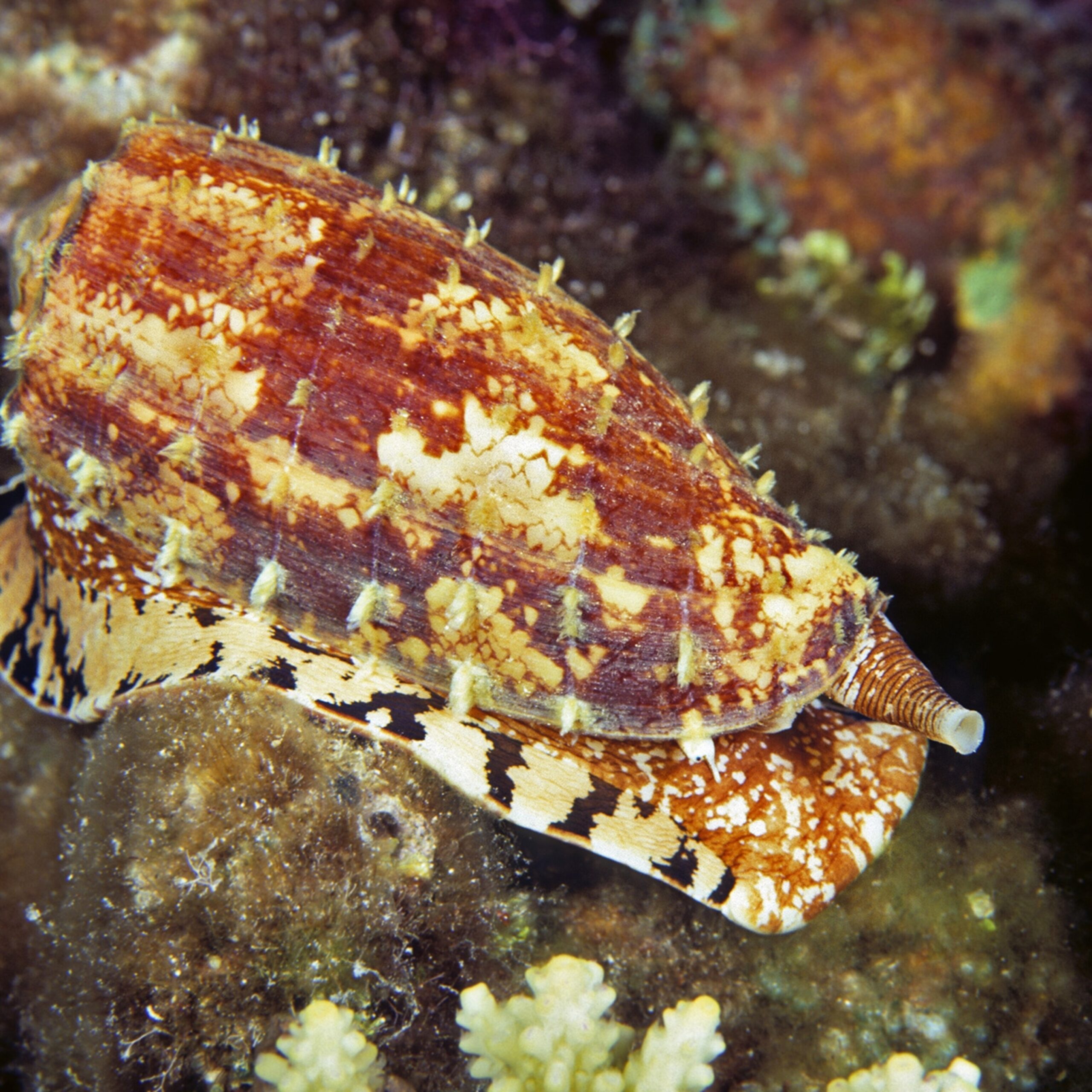Venomous Beauties: The Fascinating World of Poisonous Sea Snails
Introduction
The underwater realm is a treasure trove of extraordinary creatures, each with its own unique characteristics and survival strategies. Among the many inhabitants of the ocean, sea snails stand out as fascinating beings. In this article, we delve into the intriguing world of poisonous sea snails, exploring their vibrant beauty, deadly toxins, and the crucial roles they play in marine ecosystems.
Diversity of Poisonous Sea Snails
Sea snails, a diverse group of marine gastropod mollusks, boast an incredible variety of species. While most sea snails are harmless herbivores, some have evolved to become venomous predators. These venomous beauties can be found in different parts of the world, from shallow coastal waters to the deepest ocean trenches.
Colorful Appearances and Mimicry
One of the striking features of poisonous sea snails is their vibrant and eye-catching colors. These hues serve as a warning to potential predators, signaling the presence of toxic chemicals. In the underwater world, it’s often a case of “look but don’t touch” when encountering these venomous beauties. Some species have even mastered the art of mimicry, imitating the appearance of other non-venomous sea creatures to avoid detection by predators.
Venomous Arsenal: How Sea Snails Use Toxins
Sea snails deploy a sophisticated arsenal of toxins for various purposes, primarily as a means of defense and predation. The toxins they produce can be potent enough to immobilize or kill their prey, making them effective hunters in the underwater ecosystem. Additionally, these toxins act as a powerful deterrent against potential predators, ensuring the snails’ survival in a competitive marine environment.
Conus: The Cone Snails’ Venomous Sting
One notable group of poisonous sea snails is the Conus, commonly known as cone snails. These snails are equipped with a specialized harpoon-like tooth that injects venom into their prey. The venom of cone snails contains a mix of peptides that can interfere with the nervous system, leading to paralysis in the victim. Some species within the Conus genus are known to produce toxins that can be harmful to humans, making them a subject of interest for medical research.
Blue-Ringed Octopus: A Small But Lethal Creature
While not a traditional sea snail, the blue-ringed octopus deserves mention for its potent venom. This small and seemingly innocuous cephalopod inhabits the waters of the Indo-Pacific region. Despite its diminutive size, the blue-ringed octopus carries venom that can cause respiratory failure in humans. Its striking blue rings serve as a warning, emphasizing the deadly potential lurking within this beautiful creature.
Conservation Concerns and Research Opportunities
As human activities continue to impact marine ecosystems, the conservation of venomous sea snails becomes increasingly important. These creatures play vital roles in maintaining ecological balance, and their unique toxins hold promise for medical advancements. However, over-harvesting, habitat destruction, and pollution pose threats to their populations.
Balancing Conservation and Research
Conservation efforts must strike a delicate balance between protecting these fascinating creatures and advancing scientific research. Some species of sea snails face the risk of extinction due to the high demand for their shells or the destruction of their habitats. By promoting sustainable practices and establishing marine protected areas, we can ensure the long-term survival of these venomous beauties.
Medical Potential: From Toxins to Therapeutics
The toxins produced by sea snails have caught the attention of researchers for their potential medical applications. Components of cone snail venom, for example, have been explored for their analgesic properties. Understanding these toxins at a molecular level opens avenues for developing new pain medications that could be more effective and less addictive than current options.
FAQs: Unveiling Mysteries of Poisonous Sea Snails
1. Are all sea snails poisonous?
Not all sea snails are poisonous. While the majority are harmless herbivores, some species, such as the Conus (cone snails) and certain nudibranchs, are venomous predators. It’s essential to exercise caution and avoid handling unfamiliar sea snails, especially those with vibrant colors.
2. Can sea snail toxins be harmful to humans?
Yes, some sea snail toxins can be harmful to humans. Cone snails, in particular, produce venom that can cause paralysis or other adverse effects. While the risk of encountering these toxins in the wild is relatively low, it’s crucial to be aware of potential dangers and practice responsible behavior when exploring marine environments.
3. How can we contribute to the conservation of venomous sea snails?
Contributing to the conservation of venomous sea snails involves adopting responsible practices. Avoid purchasing products made from sea snail shells, support sustainable tourism, and participate in local initiatives focused on marine conservation. By raising awareness and advocating for the protection of these unique creatures, individuals can play a role in preserving the delicate balance of marine ecosystems.

